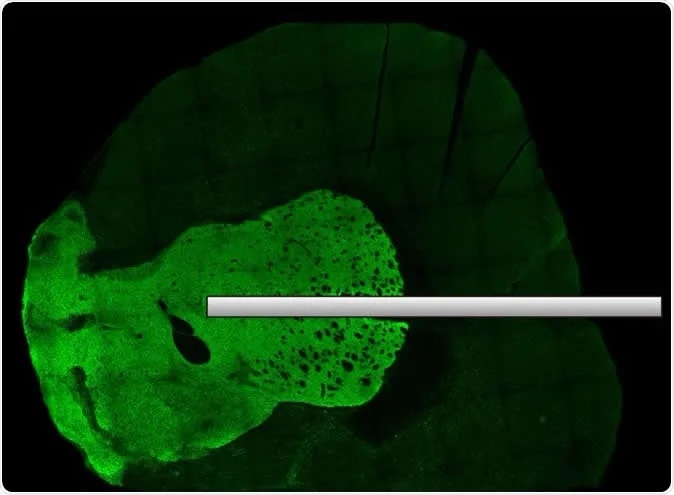A fast, early, and accurate diagnosis of schizophrenia may be possible in the future by testing the nerve cells in the nose, says the Friends of Tel Aviv University.
Researchers say that schizophrenia is currently diagnosed by numerous psychological evaluations by mental health professionals, interviews with the patient, and information from family and friends.
Physiological evidence of the condition in the brain that confirms the disease are only available during an autopsy.
Dr. Noam Shomron and Prof. Ruth Navon of Tel Aviv University’s Sackler Faculty of Medicine, PhD student Eyal Mor and Prof. Akira Sawa of Johns Hopkins Hospital in Baltimore, Maryland have discovered a physical diagnostic method that involves collecting tissue from nerve cells, known as neurons, from the upper part of the inner nose.
Dr. Shomron says that collecting and sequencing the nose’s neurons may lead to “more sure fire” diagnostic capabilities than ever before.
Samples of olfactory neurons were collected from patients diagnosed with schizophrenia and a control group of non-affected individuals by researchers at Johns Hopkins University and were sent to Dr. Shomron’s TAU lab. Researchers studied the microRNA of the neurons and identified the microRNA that is highly elevated in people with schizophrenia.
“We were able to narrow down the microRNA to a differentially expressed set, and from there down to a specific microRNA which is elevated in individuals with the disease compared to healthy individuals,” explains Dr. Shomron. Further research revealed that this particular microRNA controls genes associated with the generation of neurons.
In practice, material for biopsy could be collected through a quick and easy outpatient procedure, using a local anesthetic, says Dr. Shomron. And with microRNA profiling results ready in a matter of hours, this method could evolve into a relatively simple and accurate test to diagnose a very complicated illness.
Dr. Shomron says that he has high hopes that this diagnostic method will be effective. It’s important to determine whether this alteration in microRNA expression begins before schizophrenic symptoms begin to exhibit themselves, or only after the disease fully develops, he says. If this change comes near the beginning of the timeline, it could be invaluable for early diagnostics, which would mean early intervention, better treatment, and possibly even the postponement of symptoms.















